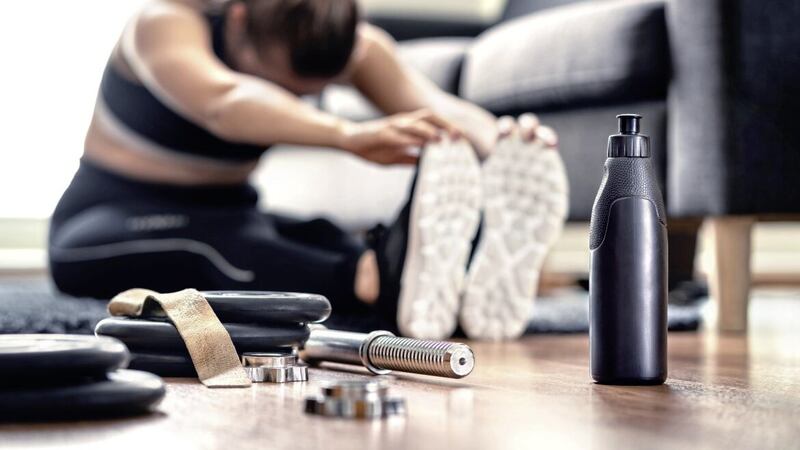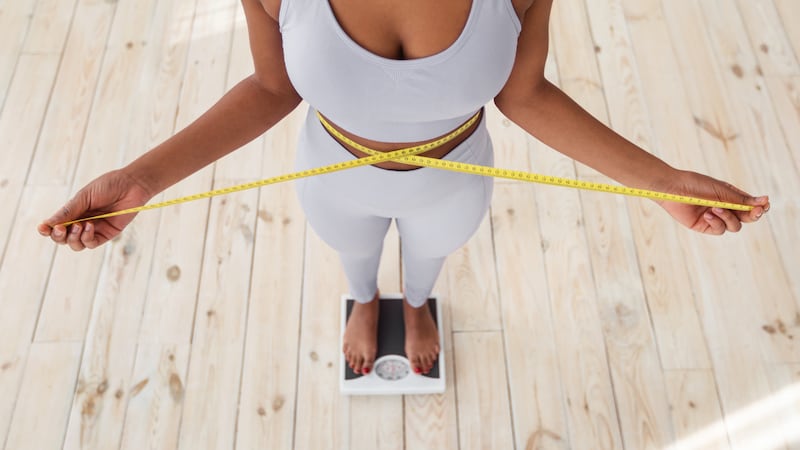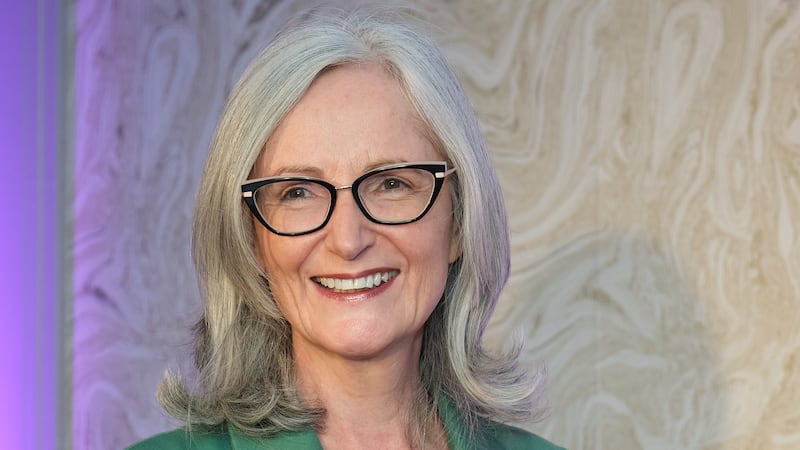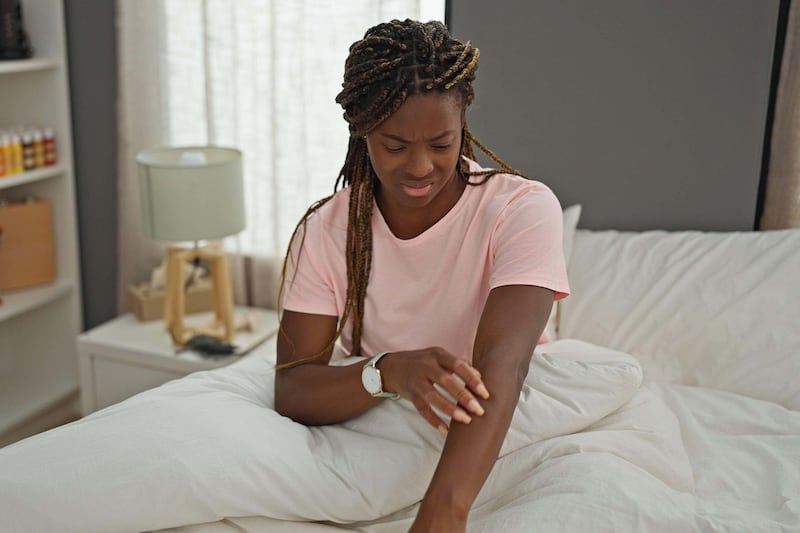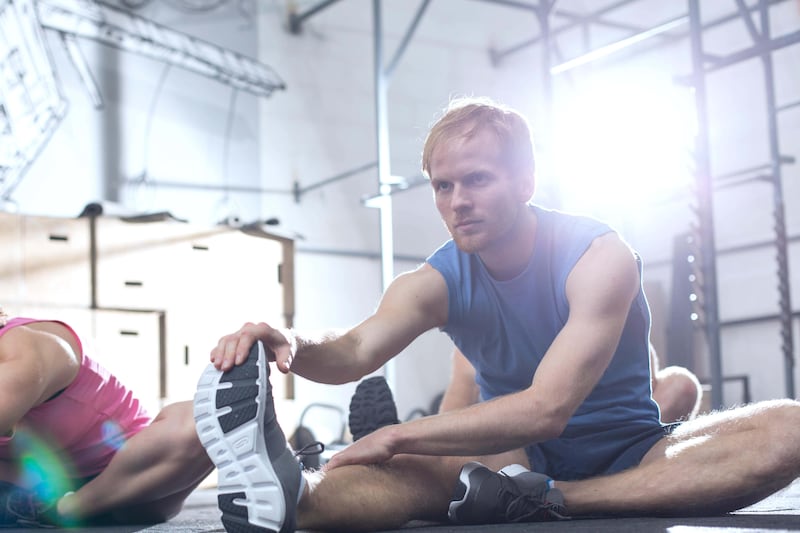OTI Mabuse has opened up about how her body has changed now she’s in her 30s and no longer performing on Strictly Come Dancing.
“I haven’t been dancing, right? My body has completely taken on a new shape. And you’re just like, ‘Oh my gosh, what is this? Is this turning 30?'” she told Women’s Health magazine.
“My body has completely changed from what I looked like, two, three years ago... My body just doesn’t burn as fast as it used to. I was going from dancing – literally running, jumping, being fit all the time – to sitting behind a desk or [sitting down] doing interviews. So I’ve learned that I need to make time for the physical aspects.”
What Mabuse (32) is going through is hugely relatable – our bodies change as we get older, and it’s often harder to find the time to get moving.
Whatever your age, Ewan Ainsworth, assistant gym manager and PT at PureGym Leeds (puregym.com/city/leeds) recommends including a mix of strength training, mobility work and aerobic activity in your workouts.
“Training all three areas is optimal for physical and mental health. However, these may look different throughout your life. As we age, our bodies have more wear and tear, and recovery is slower than when we are younger, so training should reflect that,” he says.
“Goals and priorities also change as we age – in your 20s your main goal may be to build muscle mass, but when you’re 60 it might be to improve your balance and maintain independence.”
So what’s the best way to workout in each decade?
IN YOUR 20S
In your 20s personal trainer Omar Mansour, from audio-led fitness app With-U (withutraining.com), says: “Our bodies are highly resilient and have the highest cardiovascular endurance because of our peak cardiorespiratory activity, which is why we should be exercising at least three times a week with a mixture of all intensity workouts.”
Mansour recommends workouts between 45 and 60 minutes in your 20s, “Mixing cardio and strength throughout the week,” he says. “Longer strength workouts are great for building endurance, burning fat, and increasing lean muscle mass, while cardio workouts are linked to improving overall better heart health.”
According to Ainsworth, we “naturally start to lose muscle mass after the age of 30”, so he says: “Building up as much mass as possible earlier on puts our bodies in the best position as we age.”
IN YOUR 30S
Monique Eastwood, celebrity trainer to Emily Blunt, Stanley Tucci and Anne Hathaway and founder of the virtual training programme and fitness app, Eastwood Fit (eastwoodfit.com), recommends having a bit of fun with exercise in your 30s.
Similar to your 20s, she says this is a good time to build up muscle: “Muscle has a memory so laying down muscle memory now will hold you in good stead in the future” – but otherwise, she says: “Try all types of exercise and learn what you enjoy doing the most.”
Eastwood continues: “Do steady state cardio (like running, swimming and cycling), HIIT, weights and stretch workouts.
"Balance out your workouts in the week so your body gets variety – but it is also an important stage to concentrate on good technique and form. If you keep your focus on alignment and how you are performing a move, you are less likely to become injured in the years that follow.”
When you get to your 30s, Mansour also recommends incorporating active recovery sessions into your week, “Such as walking, Pilates or cycling”.
IN YOUR 40S
“Working out in our 40s is crucial, as it can help us lower our blood pressure which reduces the strain on our hearts, as well as tackling other diseases we are more prone to as we age,” says Mansour.
For Ainsworth, the main difference in your 40s is “how often and how hard you train”.
He says: “Be smart with the weights you lift, and really listen to your body. It’s OK if you need to cut down your training to rest more. If you’ve been training consistently by this age, you’ll likely be able to do the same exercises as you did in your 30s – however, you will need to start prioritising recovery more, reducing the weight or reps, or adding in extra rest days.
“If you’re new to working out at this age, make sure to start with low weights and work on form to help prevent injury, and make use of resistance machines.”
Ainsworth also suggests adding mobility and flexibility exercises to help relieve any wear and tear or stiffness in your joints.
IN YOUR 50S
Around this time a woman “will be going through some of the biggest hormonal changes of her life”, says Eastwood. “This age can be a challenging time as these changes will affect how we feel considerably and therefore what we are then able to achieve in our daily lives.
“Because of this I would say creating a good habit with exercise before these symptoms and changes occur can help with motivation and mindset.
“By this age you will be losing muscle mass, bone density and your metabolism may be changing too”. So she recommends power walking “to keep the cardiovascular system healthy” and lifting weights “to maintain muscle mass and healthy bones”.
Whether you’re going through the menopause or not, Eastwood says: “Learning to listen to what your body needs at this stage is also valuable. Some days you may not feel up to pushing yourself hard in a HIIT session after a restless night’s sleep, so opt for a power walk and some bodyweight moves instead.”
Ainsworth recommends using resistance machines in the gym, calling them “a great way to build strength at this age, without compromising the joints”.
IN YOUR 60S AND BEYOND
“Doing workouts you enjoy as you enter your 60s is so important,” says Eastwood. “You still want to challenge your body every week and also your cardiovascular capacity.
“Keep doing weights as your body has that all-important muscle memory, but remember to mix up your workouts so you are still challenging your body to change.” Focus on lower impact exercises, so you don’t overload the joints.
She recommends incorporating activities in more social settings, saying: “Interaction with like-minded, fit and healthy people will keep you motivated and stimulated in the years ahead.”
